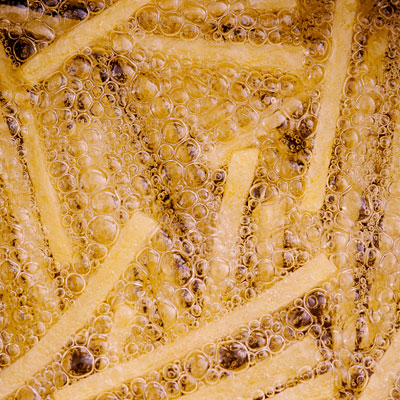 As delicious as fried meals could also be, they’re a recipe for disaster relating to well being. So, to counter this downside, deep-fried meals is usually dusted with something that absorbs the moisture first (bread crumbs, flour, corn starch) or dipped in some sort of batter than traps the moisture under it and creates a crusty exterior on an otherwise unsuitable surface.
As delicious as fried meals could also be, they’re a recipe for disaster relating to well being. So, to counter this downside, deep-fried meals is usually dusted with something that absorbs the moisture first (bread crumbs, flour, corn starch) or dipped in some sort of batter than traps the moisture under it and creates a crusty exterior on an otherwise unsuitable surface.
Since then, every tradition has taken their unique spin on it. Japan introduced us tempura , from India, samosas and pakoras (plus a ton of different issues, India actually is aware of the best way to fry meals) and America – effectively, we’ve dipped just about anything edible into a deep fryer at one level or another.
Within the preliminary moments of frying, because the surface dehydrates, it varieties a crust that inhibits additional oil absorption, while persevering with to conduct warmth to the inside of the food, the place the warmth causes starches to gelatinize (as in french fries), proteins to denature (in fried chicken), and fibers to melt (in fried zucchini).
On high of that, the oil accumulates tiny invisible particles of food, batter and other stuff that deep-fried meals typically will get soaked in or dusted with previous to deep-frying – not less than before the oil gets filtered (which may not happen until it goes through quite a few makes use of – and even then, there should still be dissolved particles remaining in it).
